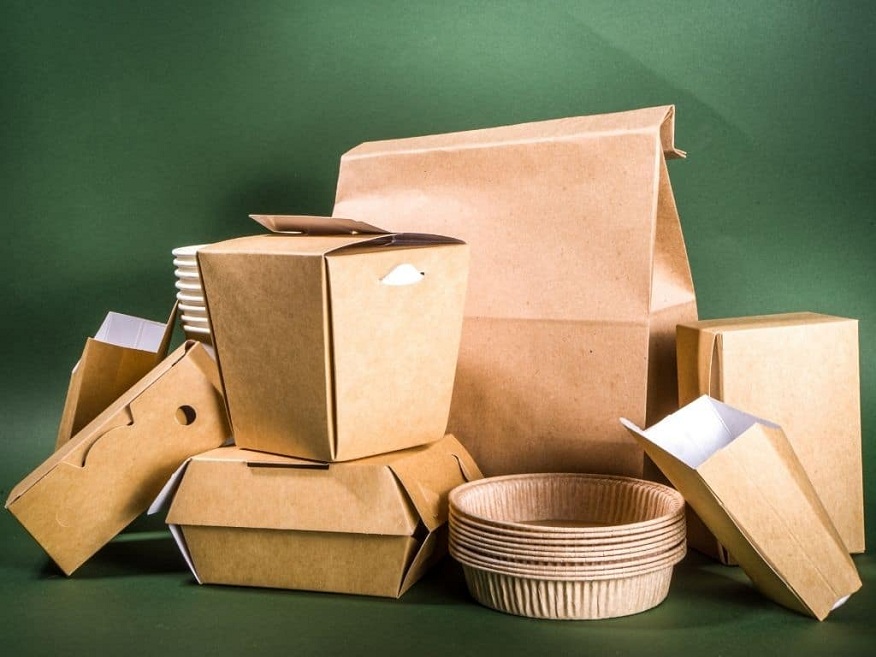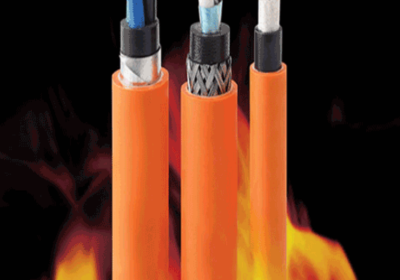
Ways on how to make your packaging sustainable
In today’s society, many people are concerned with being sustainable, and it’s understandable. Many customers want to buy eco-friendly products that are in-line with their morals, and packaging is a great place to start. Because packaging is one of the greatest existential threats facing society.
Most custom product packaging is designed to be single-use, and then thrown away or recycled.
While other materials can be recycled, corrugated has the highest recycle rate. It’s also very sturdy and protects your products during shipping.
If your brand is working to be more sustainable, or you just want to see what other eco-friendly options are on the market, you came to the right place. Here are ways on how to make your packaging sustainable.
1. Choose sustainable materials
One of the most important ways to make packaging more sustainable is to choose sustainable materials.
There are several materials that are eco-friendly and biodegradable, such as paper, cardboard, bamboo, and cornstarch.
These materials are not only biodegradable, but they are also renewable, recyclable and environmental sustainability, making them a great choice for sustainable packaging.
2. Reduce packaging size
Another way to make packaging more sustainable is to reduce its size. This can be done by using packaging materials that are thinner, lighter, and more compact. Smaller packaging means less material is used, and this reduces the overall environmental impact.
3. Use reusable packaging
Reusable packaging is a great way to reduce waste and make packaging more sustainable. This can include products like reusable bags, containers, and bottles.
By using these sustainable products, consumers can reduce the amount of packaging waste that they generate, and businesses can reduce the amount of packaging they need to produce.
4. Eliminate excess packaging
Excess packaging is a major contributor to waste and pollution. Businesses can eliminate excess packaging by using packaging that is designed to fit the product tightly, without any excess space.
This can also be achieved by using biodegradable packaging materials that break down quickly, reducing the amount of waste that is generated.
5. Use biodegradable packaging
Biodegradable packaging is a great way to make packaging more sustainable. This type of packaging is designed to break down quickly, leaving no harmful residue behind.
Biodegradable packaging can be made from a range of materials, including plant-based materials, and it is becoming increasingly popular as businesses and consumers look for more eco-friendly options.
6. Encourage recycling
Encouraging recycling is another way to make packaging more sustainable. Businesses can do this by using packaging materials that are easily recyclable, such as cardboard and paper.
Consumers can also play a role by ensuring that they recycle their packaging properly.
7. Choose sustainable packaging partners
Businesses can make their packaging more sustainable by choosing sustainable packaging partners.
This can include suppliers who use eco-friendly materials, manufacturers who use sustainable production methods, and shipping companies who use low-emission transportation methods.
8. Optimize packaging design
Another way to make packaging more sustainable is by optimizing its design. This can be done by using design techniques that reduce the amount of material required, such as lightweighting or source reduction.
It can also involve designing packaging that is easy to recycle, such as by avoiding the use of mixed materials that are difficult to separate during the recycling process.
9. Use renewable energy sources
Another way to make packaging more sustainable is by using renewable energy sources during the production process.
This can involve using solar or wind power to power the manufacturing process, which can help to reduce greenhouse gas emissions and minimize the environmental impact of packaging production.
10. Provide eco-friendly disposal options
Providing eco-friendly disposal options for packaging can help to reduce waste and promote sustainability.
This can include providing consumers with instructions on how to properly dispose of packaging materials, as well as offering recycling or composting programs that allow customers to return used packaging for proper disposal.
11. Consider the entire life cycle
When designing packaging, it’s important to consider the entire life cycle of the product. This means taking into account not only the production and disposal of the packaging, but also its use and transportation.
By considering the entire life cycle, businesses can identify opportunities to reduce the environmental impact of packaging throughout its entire lifecycle.
12. Implement circular economy principles
The circular economy is an approach to resource management that focuses on keeping materials in use for as long as possible.
By implementing circular economy principles, businesses can design packaging that is durable and long-lasting, can be easily repaired or reused, and can be easily recycled at the end of its life cycle.
13. Consider carbon footprint
The carbon footprint of packaging refers to the amount of greenhouse gases emitted during its production, transportation, use, and disposal.
By considering the carbon footprint of packaging, businesses can identify opportunities to reduce their environmental impact.
This can include using materials that are less energy-intensive to produce or that require less transportation, as well as using renewable energy sources during the production process.
14. Implement closed-loop systems
Closed-loop systems involve designing packaging in a way that allows it to be reused or recycled indefinitely.
This can involve designing packaging that is made from recycled materials, or designing packaging that can be easily recycled at the end of its life cycle.
By implementing closed-loop systems, businesses can reduce the amount of waste that is generated and minimize their environmental impact.
15. Educate consumers
Educating consumers about the importance of sustainable packaging and how to properly dispose of it can help to reduce waste and promote sustainability.
This can involve providing information on product packaging or through marketing materials, as well as providing recycling bins or composting programs to encourage proper disposal.
16. Collaborate with stakeholders
Collaborating with stakeholders, such as suppliers, customers, and industry associations, can help to promote sustainability and identify opportunities for improvement.
By working together, stakeholders can share best practices, identify common challenges, and develop solutions that benefit the entire industry.
17. Innovate new solutions
Innovation is key to making packaging more sustainable. This can involve developing new materials that are more eco-friendly or designing new packaging formats that are more efficient and reduce waste.
By innovating new solutions, businesses can stay ahead of the curve and continue to improve their environmental performance.


















